7 Days is a weekly round-up of the Editors' picks of what's been happening in the world of technology - written with a dash of humor, a hint of exasperation, and an endless supply of (Irish) coffee.

Love has been in the air lately with the approach of Valentine’s Day, and here at Neowin, our hearts have certainly been fluttering with all the exciting announcements, new products and intriguing rumors that have come our way this week.

Even Microsoft’s digital ‘personal assistant’, Cortana, has been in a romantic mood this week, with some Valentine-themed additions to her growing list of skills and abilities. There are those who profess their love for Cortana – as shown in two videos that Microsoft released this week – but I’m afraid her UK PR team has confirmed that she only has eyes for one man.
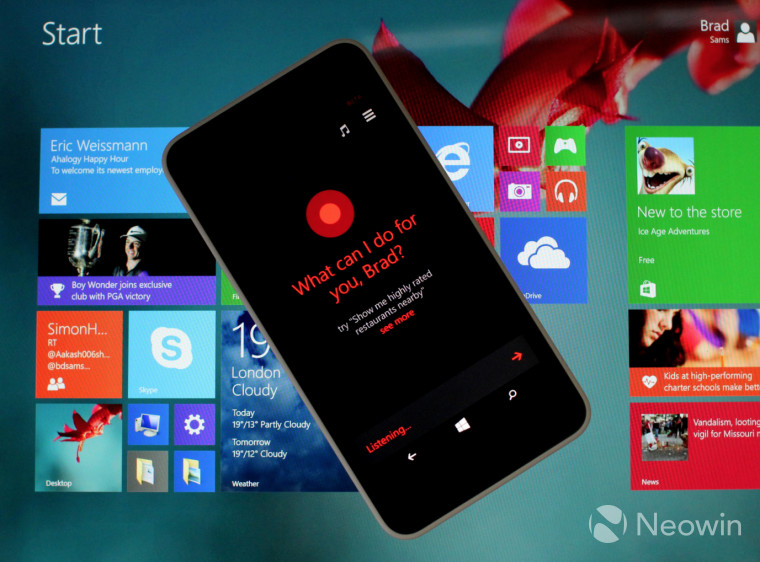
Cortana-style functionality is heading to Office, in the form of a new ‘Work Assistant’ app that was first discovered earlier this month. A video revealed plenty more about the new app this week, including some of the functionality that it will offer.

On Monday, someone discovered that it was possible for anyone to download a preview of the next version of the Office desktop applications suite. The opportunity remained open for several hours, during which Office 2016 was downloaded any number of times, before Microsoft finally blocked further sign-ups. If you weren’t able to grab it, don’t worry – a public preview is likely coming soon.
_story.jpg)
The company also pushed out a major update to Office Online, the free web version of its productivity suite. Improvements include better proofreading tools, enhanced Reading View, more file save options, and Tell Me search on the ribbon.

It emerged this week that Microsoft has successfully applied for a trademark for ‘Windows 365’, fueling rumors that the company intends to shift its OS to a subscription model. However it is possible that this was just a ‘defensive’ application to protect its brand, rather than actual confirmation that it plans to make such Windows licensing changes.

Microsoft pushed out two patches this week to its latest Windows 10 Technical Preview, build 9926, which is currently being tested by millions of Windows Insiders worldwide. The patches – KB3038357 and KB3037975 – are interim updates to resolve relatively minor issues, including a security update for Internet Explorer Flash Player.
Meanwhile, work is continuing at Microsoft on other builds, as the company moves closer towards its target of finalizing the Windows 10 RTM build by June.

But it was the first Windows 10 Technical Preview for phones that attracted the most attention this week. Last Sunday, Microsoft’s Joe Belfiore confirmed that the preview would launch only on a “subset of phones”, leading some to speculate that the company’s low-end handsets – especially those with just 512MB of RAM – would be left out. Such speculation was fuelled by a report that claimed the Lumia 1020, 1520 and HTC One M8 would be among the first to get the preview.
But boy, were they wrong. When Microsoft released the first preview for phones on Thursday, the list of supported devices was completely different. In fact, not one Windows Phone flagship can yet install the preview, with only the Lumia 830, and certain Lumia 63x and 73x devices supported.

You can find out more about the Windows 10 Technical Preview for phones in our detailed coverage:
- What’s new in the Preview
- Feature focus: File Manager
- Feature focus: The new ‘nubbin’ on the Windows 10 keyboard
- Feature focus: How to send feedback to Microsoft
- Screenshot gallery
- First impressions of the new preview
Given that it’s still very early software – the clue is in the name: ‘technical preview’ – you should expect the unexpected if you dare to install it on your handset, including undocumented bugs, random crashes, and any number of other issues that even Microsoft may not have anticipated.
Be sure to read these articles ahead of installation, so that you’re a bit more prepared for what you’re getting into:
- Warning: Don’t try to install the preview on unsupported handsets
- Known issues in the phone preview and suggested workarounds
- Fixing problematic installations with the new Windows Phone Recovery Tool
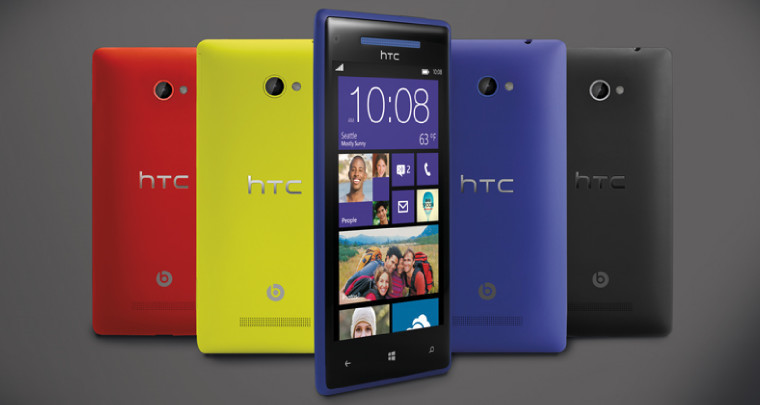
But while Windows 10 for phones remains in development, the latest release of Microsoft’s current mobile OS – Windows Phone 8.1 Update – is still gradually making its way out to handsets, over five months after it was first announced alongside the ‘Denim’ update for Lumia devices.
On Monday, T-Mobile US said that while its Lumia 521 and 925 will get upgraded to 8.1 Update, its HTC Windows Phone 8X won’t, which suggests that the carrier has dropped support for the device. This isn’t the first time it has frustrated its Windows Phone customers – just ask anyone who was foolish enough to buy a Lumia 710 or 810 from T-Mobile in the past.

While T-Mo’s Windows Phone support has been poor, Verizon seems to have earned a far worse reputation on that front, largely as a result of its Lumia Icon. The flagship Windows Phone went on sale in February 2014, but despite numerous promises from both Microsoft and Verizon, it didn’t get a single OS update for over a year.
But on Wednesday, hell froze over and pigs took to the skies in great numbers, as Microsoft announced that the Lumia Denim update was finally available for the Icon. The process of installing Denim went fine for the overwhelming majority of users, but – as Neowin’s senior editor for North America, Brad Sams, discovered – not every update was entirely successful.

Microsoft’s Lumia 435 – one of the most affordable Windows phones ever – went on sale in the UK on Monday, priced at just £75 SIM-free.
But over in Brazil, you’ll soon be able to grab the Lumia 435 Dual SIM with one cool feature not available on the device anywhere else in the world: integrated digital TV. For just a few bucks more than the standard version, that sounds like a pretty sweet deal.

Microsoft is expected to unveil new additions to its Lumia range at the Mobile World Congress trade expo in Barcelona next month. The company sent out invites on Monday to join it at MWC, where its main product keynote will be held on Monday, March 2 at 0830 CET.
_story.jpg)
On Tuesday, Google announced that its I/O developer conference will be held in San Francisco on May 28-29, 2015. The company will open registrations next month – but with demand for tickets expected to far exceed supply, it will be using the same ‘lottery system’ to pick attendees as it used last year.

Another Google product will soon reach the end of the road, as the company retires Talk in its latest move to establish Hangouts as its core communications tool. Access to the Google Talk service will be terminated next week.
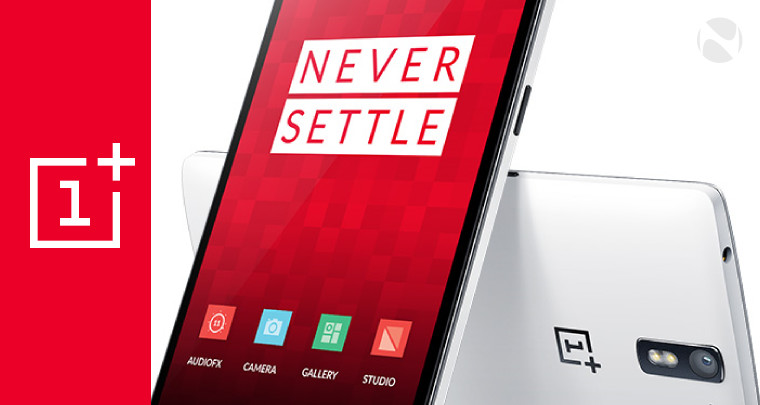
OnePlus announced this week that it will allow anyone who wants to purchase its One handset to do so without an invite – but only on Tuesdays. Bizarrely, the company says its "beloved invite system" isn’t actually going anywhere - indeed, it will remain in place for those who don’t like making purchases on Tuesdays, but who do enjoy queuing and waiting for stuff.
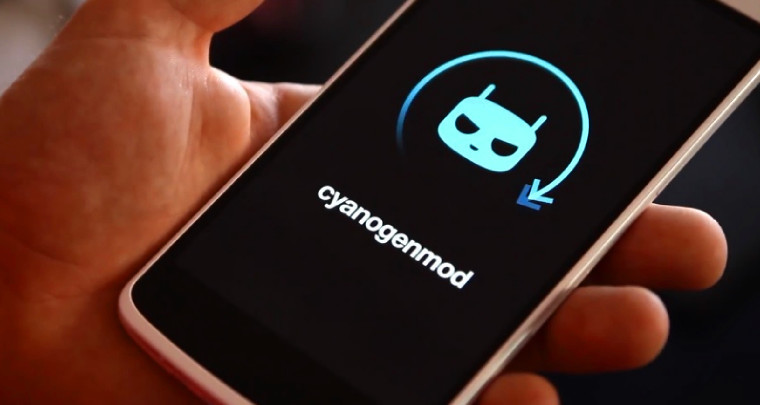
Further details emerged this week of Cyanogen’s efforts to form a coalition of sorts, united by a shared desire “to diminish Google’s control over Android”. The company behind the hugely popular CyanogenMod OS is said to have been engaged in discussions with firms like Microsoft and Amazon, which could potentially see their software pre-installed in future CyanogenMod releases.

While Microsoft’s latest Lumia Denim hasn’t exactly been flying out the door to end users, Google’s Android 5.0 Lollipop update has been practically crawling out. But, like Denim, availability of Lollipop is steadily growing, and the latest handsets to get the update this week were two of America's most popular Android flagships: the HTC One M8 on Sprint and T-Mobile; and the LG G3 on AT&T.

Sony unveiled a new low-end addition to its smartphone range this week – but while many of its specs are fairly run-of-the-mill, the Xperia E4’s battery is its standout feature. The 2300mAh battery is said to offer ‘two days of active use’ before needing to be recharged, according to Sony.
Given what a hassle it is to have to recharge your phone every night, that’s quite an attractive feature – but we suspect many buyers will be less impressed by the rest of its spec sheet.

Last week, the Raspberry Pi Foundation announced its next-gen micro-PC, the Pi 2 – and its launch got a big boost with Microsoft’s offer of a free Windows 10 licence for anyone who buys the device and signs up for its Internet of Things developer program.
But it seems the Raspberry Pi 2 is a bit camera-shy – it turns out that the PC is vulnerable to interference from the Xenon flash used on many non-phone cameras. The quirk was discovered when users were trying to photograph their devices, only to find them freezing, and then rebooting after each photo.

The UK’s most-watched TV service, Freeview, offers 60 TV channels and 25 radio stations completely free of charge, and the offering is expanding further this year with the launch of its new connected TV service. Freeview Play will include live TV, on-demand content and catch-up TV, as well as some degree of app support - but it sounds like you'll need a new TV or set-top box to be able to access it.
Not quite so free after all, then.

Did you know that - according to communications industry regulator Ofcom – the UK is the world’s most internet-based economy? Brits are taking to the web in huge numbers; on Virgin Media’s network alone, data usage is growing at a rate of 60% per year.
Virgin announced this week that it is investing £3bn in its UK fibre optic broadband network, expanding to an additional four million homes and businesses, and creating an extra 6,000 jobs, including 1,000 apprenticeships.

While the UK’s fixed line broadband infrastructure is set for improvement, national Wi-Fi coverage is also set to get a big boost, with the announcement of a £47.8m investment to bring free Wi-Fi to trains across England and Wales. Services across the Southeastern, Chiltern Trains and Arriva Trains Wales networks will get free onboard Wi-Fi by 2017, as well as the new TSGN (Thameslink, Southern and Great Northern) super-franchise.

Over in Japan, things haven’t been going so well for Samsung. The South Korean tech giant is reportedly considering withdrawing its Galaxy range from sale in Japan, due to weak sales of its devices there – its new Galaxy Note Edge is said to have sold only ‘tens of thousands’ of units.
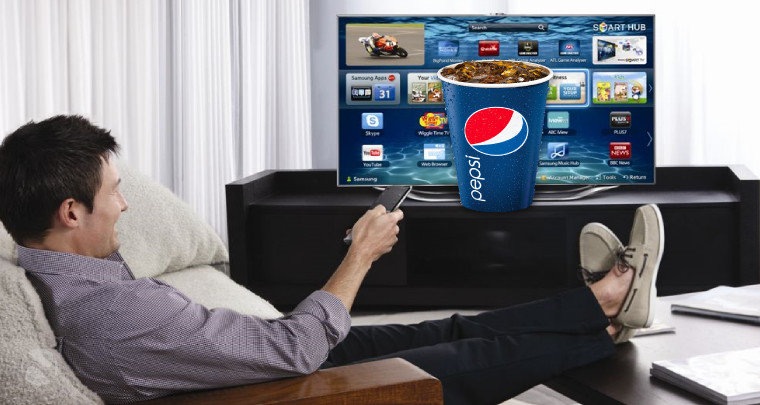
It’s been a bad week for Samsung’s smart TVs too. First, its privacy policy was discovered to include a warning to customers, advising them against conducting sensitive or personal discussions near its smart TVs, implying that the devices were ‘always listening’ to users’ conversations - although the company later claimed that this was not the case.
But then on Wednesday, it emerged that in Australia, Samsung’s smart TVs have been inserting their own ads into third-party apps and videos – even interrupting playback of users’ own personal vids. Samsung acknowledged the issue, and promised a “full and thorough investigation”.

Samsung has been teasing its upcoming Galaxy S6 unveiling this week; the device will be unveiled just ahead of the Mobile World Congress in Barcelona next month. An interesting rumor that popped up on Friday suggests that Samsung may be preparing to ditch some of its own bloatware, which it pre-installs on its devices, and adding Microsoft apps and services instead, including Office, OneDrive and Skype.

Samsung and Microsoft are certainly on better terms now, after both companies confirmed this week that they “have ended their contract dispute”, which related to allegations that Samsung had underpaid Microsoft to license certain patents for use in its Galaxy Android devices.

If you’ve been looking for a thin and light tablet that can run both Android and Windows – not just one or the other – the Cube i6 Air may be the device of your dreams. It’s only 8mm thick, weighs 525g, has a 9.7-inch QXGA (2048x1536px) display, and even includes integrated 3G connectivity support, as well as running both Windows 8.1 and Android 4.4 KitKat. Best of all? It’s just $230 – and it’s on sale now.
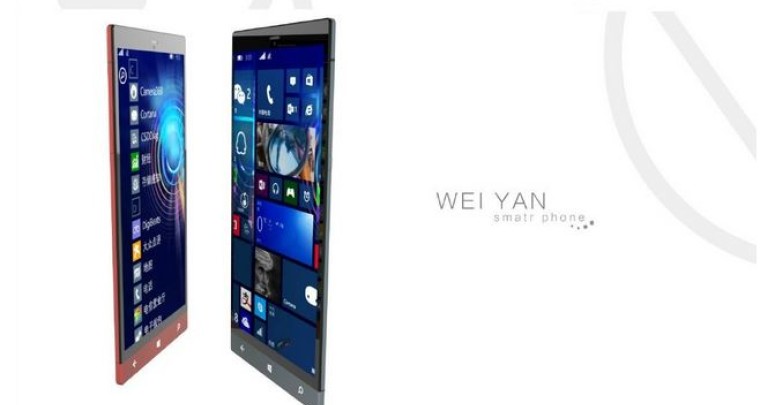
If a dual-boot handset is more your thing, the Wei Yan Sofia "smatr phone" (see image above) might be worth a look. Still in development, it will reportedly feature a 5-inch 1080p display, along with other higher-end specs – but its killer feature will be its ability to run both Windows 10 and Android 5.0 Lollipop.

Microsoft has been on something of an acquisition spree in recent months, and this week, it confirmed its purchase of calendar app Sunrise – which had previously been rumored, but not officially acknowledged by the company.
But another acquisition has now been rumored – MS has reportedly bought digital ink tech specialists N-trig – the company that developed the outstanding Surface Pen, which comes with Microsoft’s Surface Pro 3.

Microsoft announced on Friday that it will be heading to the upcoming GDC games expo in force. Along with booths, information sessions and other events, the company will also be presenting a keynote speech, entitled “The Future of Gaming across the Microsoft Ecosystem”. Expect to hear more from MS at GDC about cross-device gaming between Windows 10 and the Xbox One, the future of Xbox Live, and plenty of new insights into DirectX 12.

Speaking of PC gaming, NVIDIA enraged some of its customers this week, after a software update to its GTX 900M series of GPUs removed the ability for users to overclock. In a statement, the company maintained that its mobile GPUs were never designed to be overclocked, and effectively said that it’s not ‘removing a feature’, but ‘protecting your notebook for you’.

Microsoft is giving away 100GB of free OneDrive storage for two years to anyone who signs up to receive promotional emails from the company. Believe it or not, it really is no more complicated than that – so if you’ve been looking for some cloud storage at the right price lately... well, it doesn’t come much more affordable than free.

Google also gave away some free cloud storage space this week, but its offer of just 2GB was far less generous. You can grab that 2GB of free Google Drive storage by completing a ‘security checkup’ procedure, which is intended to raise awareness of online security issues, and help people make better use of the features and tools available to protect them online.

An unusual Google patent was discovered this week, which covers a wearable movement tracking device that emits a pleasant scent when you’re engaged in strenuous activities that might well be causing you to break out in a sweat and stink up the place.
Curiously, the same device can also detect nearby friends and help you to avoid them – presumably to ensure that you’re not seen by anyone you know when you’re looking like you’ve been dragged sideways through a bush, and drenched in sweat, after a long run.

Who knows? Maybe these features will one day end up in Google’s Android Wear devices. Figures released on Wednesday show that just 720,000 of these devices were shipped worldwide last year – so the actual number of units sold may well be much lower. Perhaps 'Intelligent Scent Control' and 'Active Friend Avoidance' are the killer features that will boost Android Wear’s sales.
Or perhaps not.

We end this week on a particularly significant note, as one of the greatest questions of the tech world – or, let's face it, not – was finally answered this week: Microsoft CEO Satya Nadella finally revealed that he usually gets a good, solid eight hours of sleep a night.
Still, you may think that’s trivial, but some people really care about this stuff.
Anyway, y’all have a great weekend – we’re off to dig through Tim Cook’s bins to find out what toothpaste he uses.

















-1 Comments - Add comment